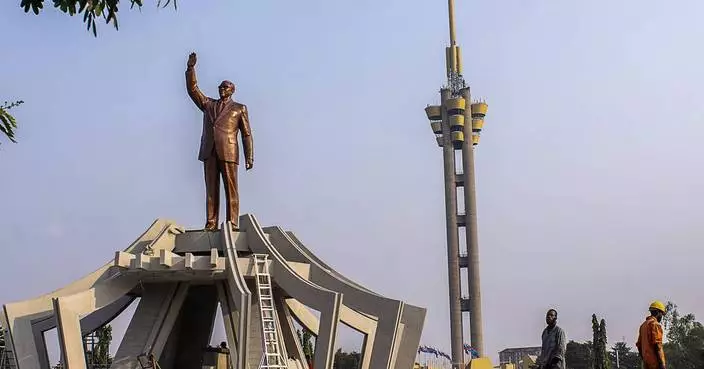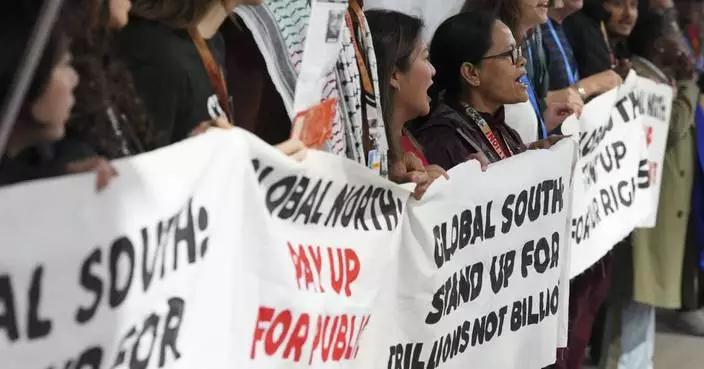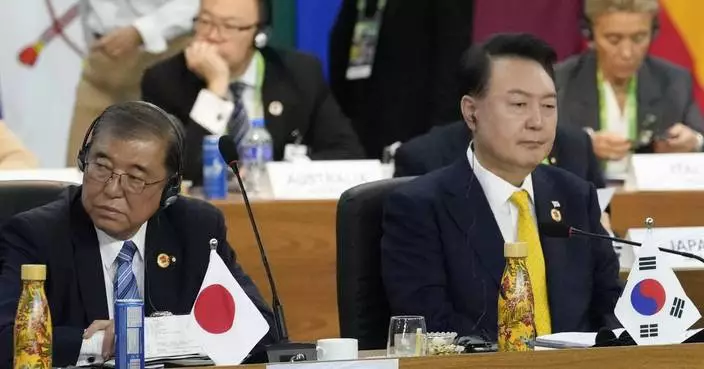MADRID, Spain--(BUSINESS WIRE)--Nov 20, 2024--
Greenfield investments into the tourism sector continue to rise, with a growing interest in projects related to sustainability and innovation.
This press release features multimedia. View the full release here: https://www.businesswire.com/news/home/20241119556615/en/
The latest FDI Tourism Investment Report 2024 (“Global greenfield investment trends in tourism”), released by the Financial Times in collaboration with UN Tourism and with the support of the Diriyah Gate Company, offers an in-depth look at global greenfield investment trends in tourism, emphasizing recovery from the pandemic and outlining current developments.
According to the report, the tourism sector (international tourist arrivals and receipts) showed strong growth in 2023, with international tourism receipts already +3% up compared with the level of 2019 (a record high for the sector). Foreign investors announced a total of 1,943 FDI projects in the tourism cluster between 2019 and 2023 according to fDi Markets, the greenfield investment monitor of the Financial Times. These projects garnered an estimated $106.7bn in capital investment and created an estimated 259,800 jobs. Even though tourism investments have not fully returned to pre-pandemic levels, the future of the sector looks positive.
Regional Highlights and Trends
Sustainability and Innovation in Focus
The report identifies an increasing focus on sustainable tourism investments, as destinations leverage innovation and technology, including AI and blockchain, to reduce environmental impact while enhancing visitor experiences, and the growing involvement and appetite of sovereign wealth funds, as they believe that the long term future of the tourism sector looks positive and profitable.
A Call for Sustainable Growth
In light of the industry’s complex recovery, the fDi Tourism Investment Report 2024 advocates for quality over quantity in tourism. It suggests that diversification of destinations, implementation of eco-friendly policies, and advancements in sustainable infrastructure are essential for ensuring long-term growth in global tourism.
Jacopo Dettoni, Editor-in-Chief at fDi Intelligence, emphasized the significance of sustainable tourism, noting, “The world we live in has changed, and so must our approach to tourism. Climate change and resource management are reshaping how and where people travel, which calls for a responsible shift toward sustainable investments.”
UN Tourism Secretary-General Zurab Pololikashvili said: “The rise of new technologies and the need for greater sustainability are constantly impacting the tourism sector, presenting both opportunities and challenges that call for innovative approaches. More and better-targeted investment will be key to transforming the tourism sector, creating jobs, and driving inclusive and sustainable growth.”
UN Tourism Executive Director Natalia Bayona adds: "This report offers a comprehensive, data-backed perspective on the state of play in greenfield tourism investments, enabling policymakers and industry leaders to make sound, future-oriented decisions for sustainable growth. Investing in people, particularly younger generations, is key as the tourism industry employs more than 50% of the global workforce under the age of 25. As we move forward, our focus on innovation and strategic investments will adapt to the evolving needs of travellers, support community wellbeing, and ensure the sustainability of the sector and our planet.”


UN Tourism Executive Director, Natalia Bayona (Photo: Business Wire)
BAKU, Azerbaijan (AP) — Maxim Timchenko, CEO of DTEK, the largest private energy company in Ukraine, pulls out a piece of paper with bar charts showing how much new electricity his company has brought online this year in the country versus how much Russian bombs have destroyed.
Total electricity goes up, then down, then up, then down — capturing the company's constant rebuilding each time Russian missile attacks take out a facility, which include wind and solar farms and thermal (coal or gas-fired) generating stations. The Russian strikes are part of a campaign to target energy infrastructure to reduce power in Ukraine as winter looms.
“What other choice do we have?” said Timchenko during an interview on the sidelines of this year's U.N. climate talks, taking place in Azerbaijan. “Sit and wait and pray that they don't hit us, or do our job and bring lights back to our people?”
The nearly three-year-long Russia-Ukraine war, which has left large swaths of Ukraine destroyed, has accelerated a transition to clean energy. At Ukraine's pavilion at COP29, on display is a large smashed solar panel, destroyed in an attack this year.
Russian forces continue to make small but steady gains in capturing Ukrainian territory at a time when there are questions about how much the United States, which has been providing weapons and money, will continue to support the country once President-elect Donald Trump assumes office in January. During the campaign, Trump repeatedly said he could quickly end the war if elected, although he hasn't said how.
Whatever the future, the decentralized nature of some clean energies, in particular wind and solar, has allowed Ukraine to quickly restore power in ways that would be impossible with Ukraine's more traditional energy sources, such as coal-fired power plants.
In centralized systems, all power is generated and sent to the grid over transmission lines from the same area. That means if the plant goes down, say in an attack, a large section of grid, or even the entire grid, comes to a halt. By contrast, wind and solar installations are usually more scattered, so less of the system goes down with one hit, and if the solar is on rooftops, the impact can be even more limited.
Attacks on two DTEK solar farms last spring is a good example. They destroyed many solar panels and some of the transformers, which step up voltage for long distances or step it down for use in homes. Replacing the transformers and swapping out destroyed panels allowed the farms, which generate 400 megawatts, to be back up in seven days.
Timchenko said an attack on a thermal generating station, which experienced a similar amount of damage, took three to four months to rebuild.
“That's the difference between centralized and so-called decentralized generation. It's much more resistant and difficult to destroy,” said Timchenko.
Geoffrey Pyatt, assistant secretary of the U.S. State Department's Bureau of Energy Resources, said that Russian attacks on energy infrastructure have evolved. In 2022 and 2023, they focused on transformers.
“The Ukrainians were incredibly efficient in working around those attacks. So Putin changed his tactics beginning in March to go after generation capacity," said Pyatt, referring to Russian President Vladimir Putin.
Since then, about 50% of Ukraine's total power generation has been knocked out, leaving mostly nuclear, some hydropower and large new renewable projects, like a wind farm being built by DTEK, he added.
Renewable and other infrastructure projects are financed by partnerships between governments and businesses, spreading out the risk, since there is no guarantee that something built isn't destroyed by missiles. In June, turbine maker GE Vernova and manufacturer Honeywell announced plans to partner with DTEK for major wind and battery storage projects in Ukraine.
Roger Martella, chief sustainability officer for GE Vernova, said that developing public-private partnerships was key to lowering risk and making investment more attractive. Ukraine's resistance was also an inspiration, Martella told a panel on Ukrainian renewables at COP29.
“We’re humbled by the fact that Ukraine has done something no one has ever done before, which is to maintain the grid in a war-torn environment,” said Martella.
Pyatt, a former ambassador in Ukraine, said he has seen widespread support for Ukraine's energy systems in the G7, a group of leading industrialized nations.
While making clear he couldn't speak for the incoming Trump administration, Pyatt said he believed support for Ukraine in the energy sector would “continue in any scenario.”
“If you start to get big American companies like GE and Fluxus and Honeywell involved in energy reconstruction, and there’s going to be billions of dollars of energy reconstruction," he said.
The Associated Press’ climate and environmental coverage receives financial support from multiple private foundations. AP is solely responsible for all content. Find AP’s standards for working with philanthropies, a list of supporters and funded coverage areas at AP.org
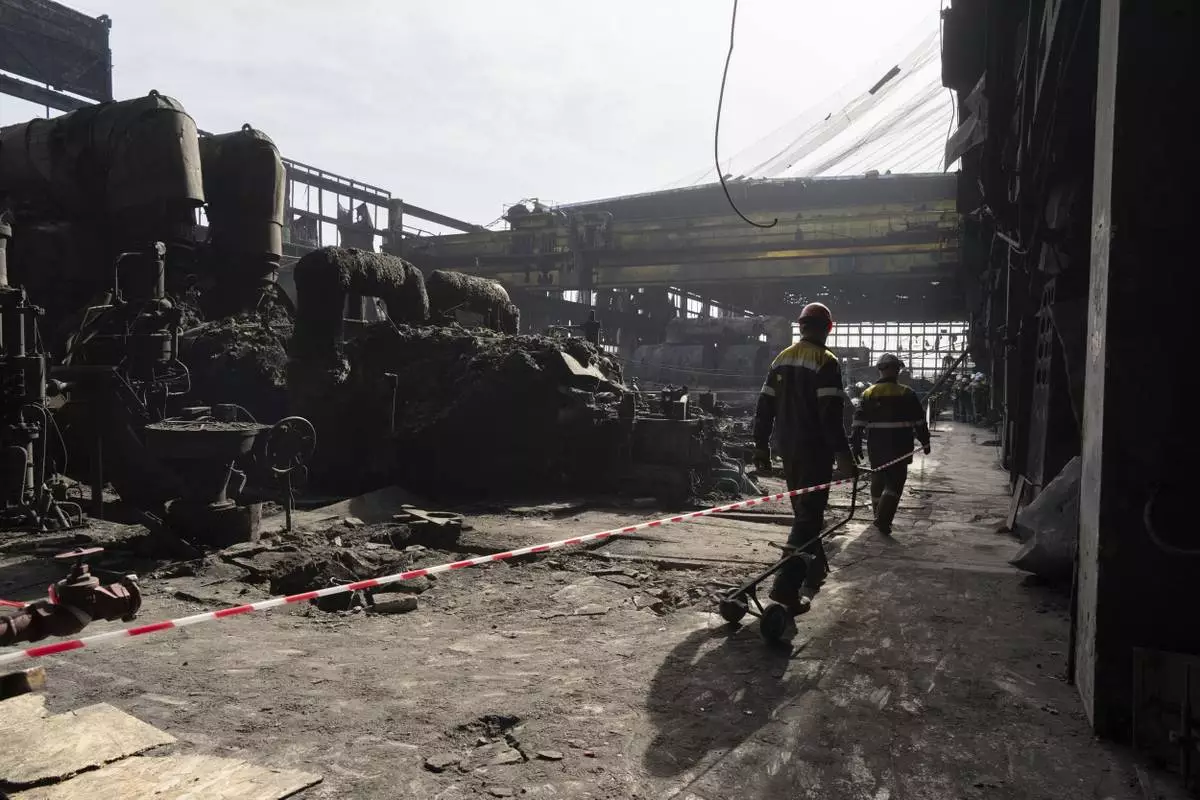
FILE - Workers walk inside DTEK's power plant which was destroyed by a Russian missile attack in Ukraine, April 2, 2024. (AP Photo/Evgeniy Maloletka, File)
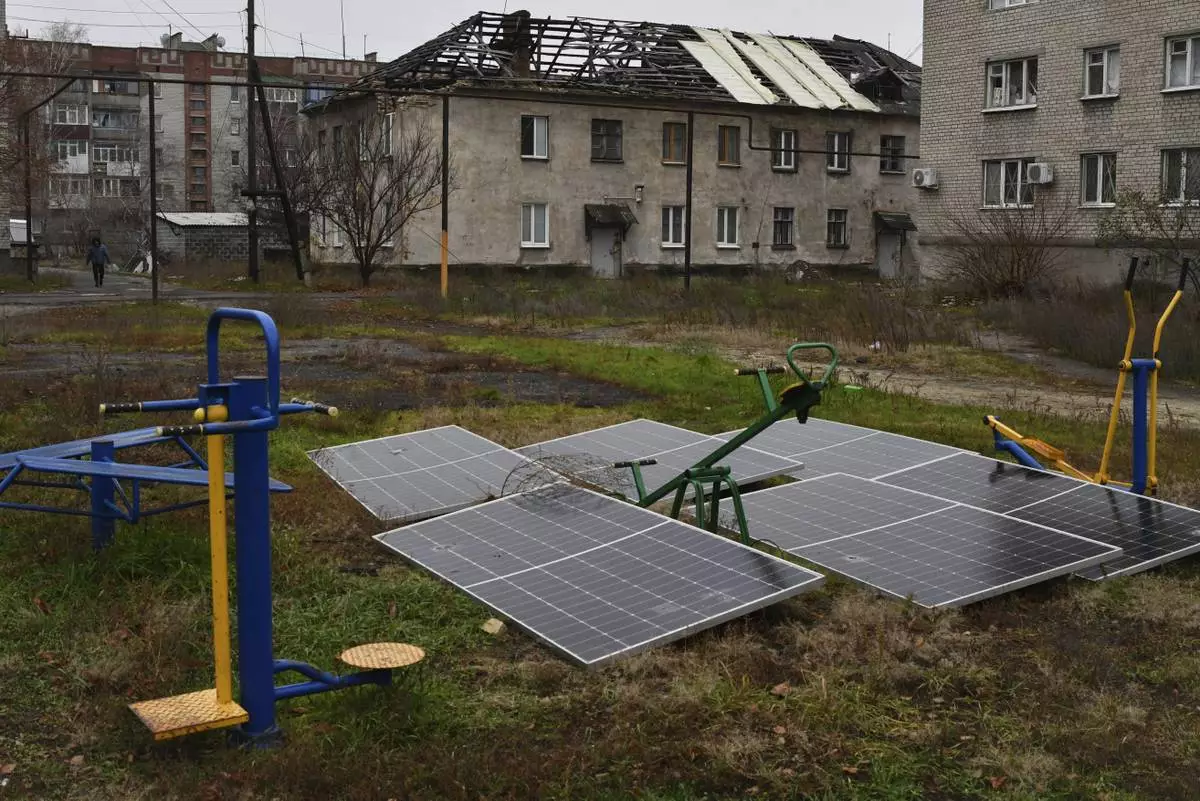
FILE - Solar panels sit in the yard of an apartment building in Lyman, Donetsk region, Ukraine, Nov. 20, 2022. (AP Photo/Andriy Andriyenko, File)







